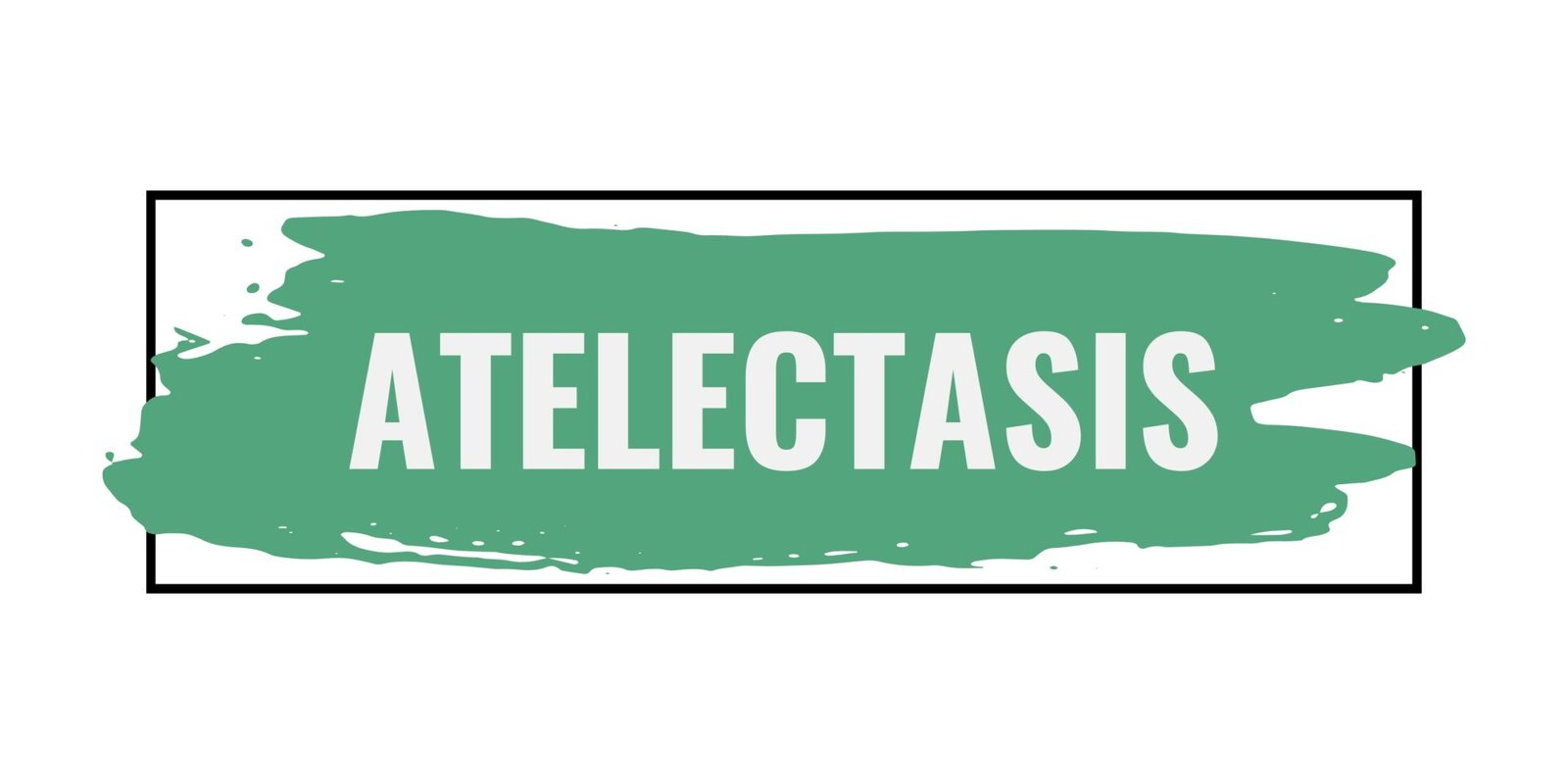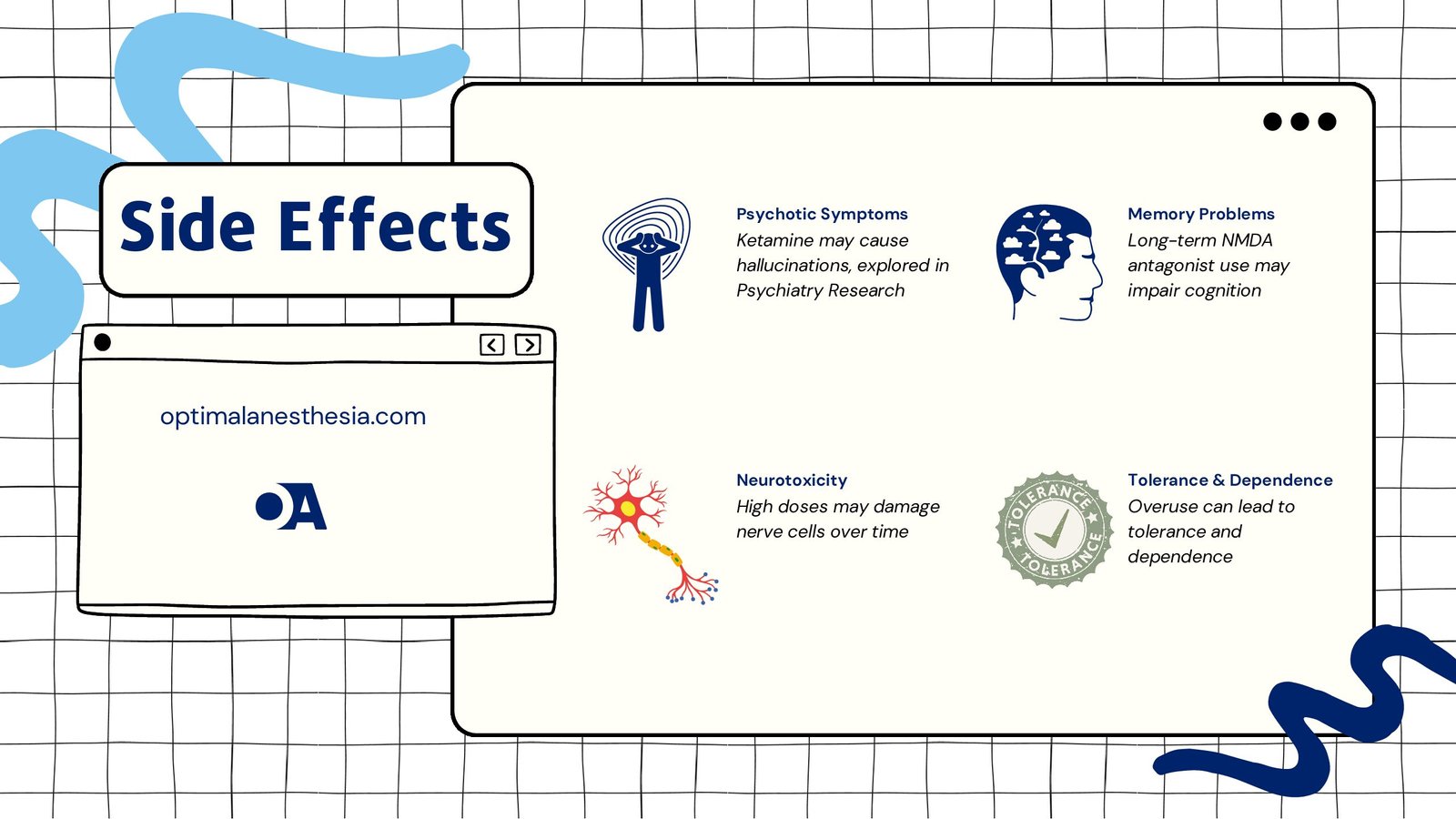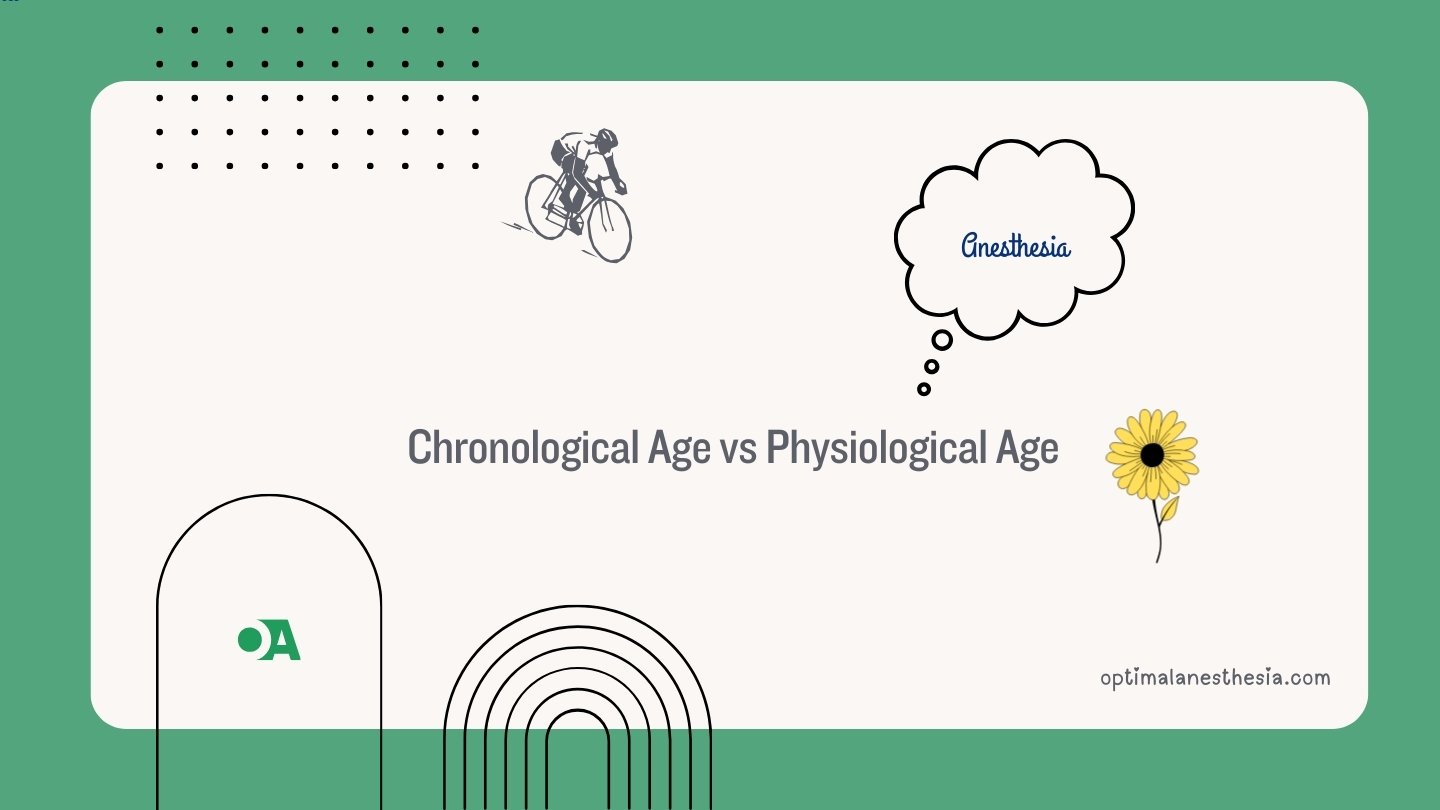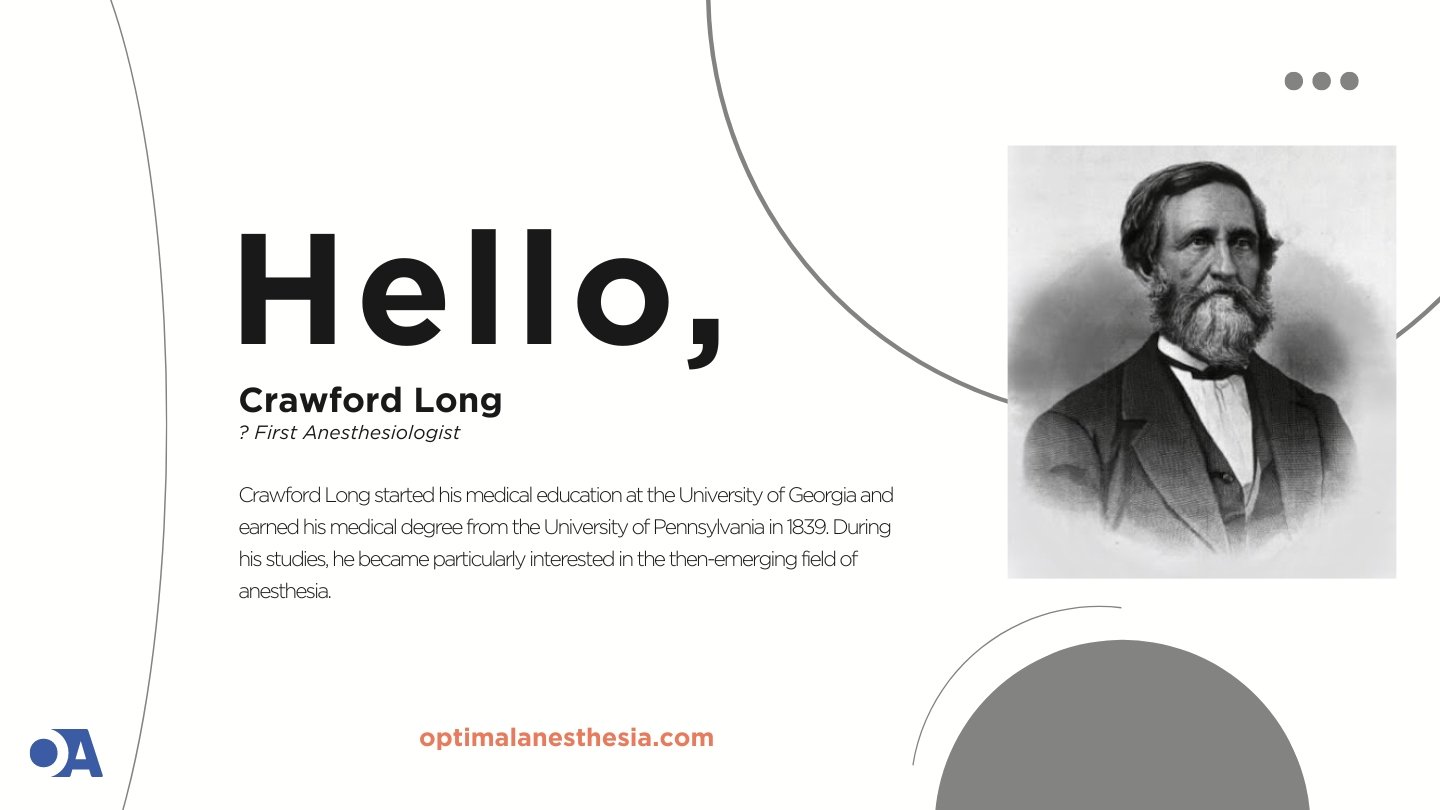Anesthesia
Elevated intracranial pressure (ICP) is a critical concern in neurosurgical patients and those with...
Comprehensive Review of Atelectasis: Mechanisms, Diagnosis, Risk Factors, Prevention, and Management
Introduction Atelectasis, a common pulmonary complication during the perioperative period, is...
Introduction Welcome to our in-depth look at NMDA (N-Methyl-D-aspartate) receptor...
Nerve injuries during anesthesia, while rare, can have significant implications for patient outcomes...
Introduction Introduction In anesthesiology, differentiating between chronological and physiological...
Cardiopulmonary resuscitation (CPR) is a lifesaving technique that many are familiar with, yet it...
Peak Airway Pressure (Ppeak) Ppeak represents the maximum pressure exerted by the ventilator to...
Introduction As we celebrate Doctor’s Day, it is fitting to honour one of the most pivotal...
Introduction Diabetes management hinges on monitoring glycemia, with glycated hemoglobin (HbA1c)...











